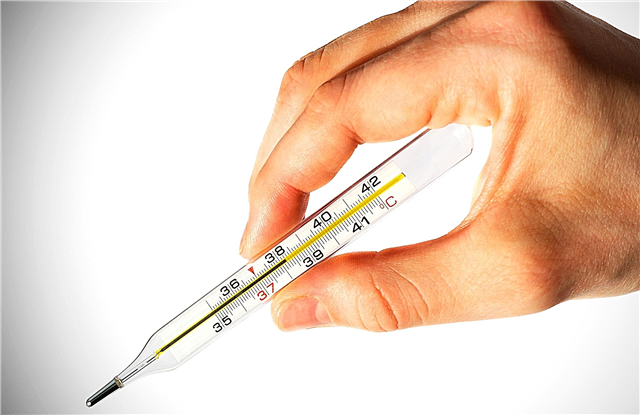
Scientists from NASA have approved the option of a flying ramp for the study of Venus
Venus is the "twin" of the Earth. The device, which has an unusual structure, will help to better explore the planet.
The American Aerospace Agency approved a proposal by astronomers from the University of Buffalo to create a test aircraft to study the surface of Venus. The working name of this unit is BREEZE. This abbreviation is translated as "biotechnological slope for extreme environments and zonal research."
The developers are sure that the flexible wings of this spacecraft make it possible to move in the thick, hot and aggressive atmosphere of the twin planet. Indeed, atmospheric pressure on its surface is 90 times higher than that of the Earth. According to one of the creators of the project, Javid Bayandor, nature itself tells how to improve flight safety.
The BREEZE system allows you to increase the degree of control over the spacecraft at a level that cannot yet be achieved. Indeed, on Venus, not only high pressure and temperature, but also the strongest winds.
The ship can be powered by sunlight. Despite the fact that the planet’s surface is hidden from the central star by a thick layer of clouds, the illumination on it is sufficient to power solar panels. This is due to the fact that the brightness of the Sun on Venus is several times greater than on Earth.Moreover, the ship will be fed enough every 2 or 3 days, when it will fly over the sunny part of the planet.
This complex project was made by scientists from the Buffalo University Space and Hybrid Safety Laboratory. The space ramp was created as part of the American space program Innovative Advances Concepts. NASA provides grants for such projects in the amount of 125 thousand dollars for those technologies that, in its opinion, have high scientific potential.
The spacecraft can face enormous difficulties. Despite the proximity of Venus from Earth, the planet is not accessible to the Earth explorer. Indeed, the air pressure on the surface is the same as on Earth at a depth of 900 m. The temperature on the surface reaches 500 degrees.
The last time American astronomers studied the second planet from the Sun in such detail in 2007. This was made possible thanks to the work of the Messenger. He took 50 high-quality shots of a hot planet. Currently, the atmosphere of the planet is being studied by the Japanese space probe Akatsuki.
Obviously, in the next decade, the study of Venus will become more active. It is known that Russian scientists plan to launch the Verena-2 space research vehicle by 2025. The results of the study will help to answer the question why Venus is so different from the Earth and whether it is possible to terraform it, i.e. make available to a person.












